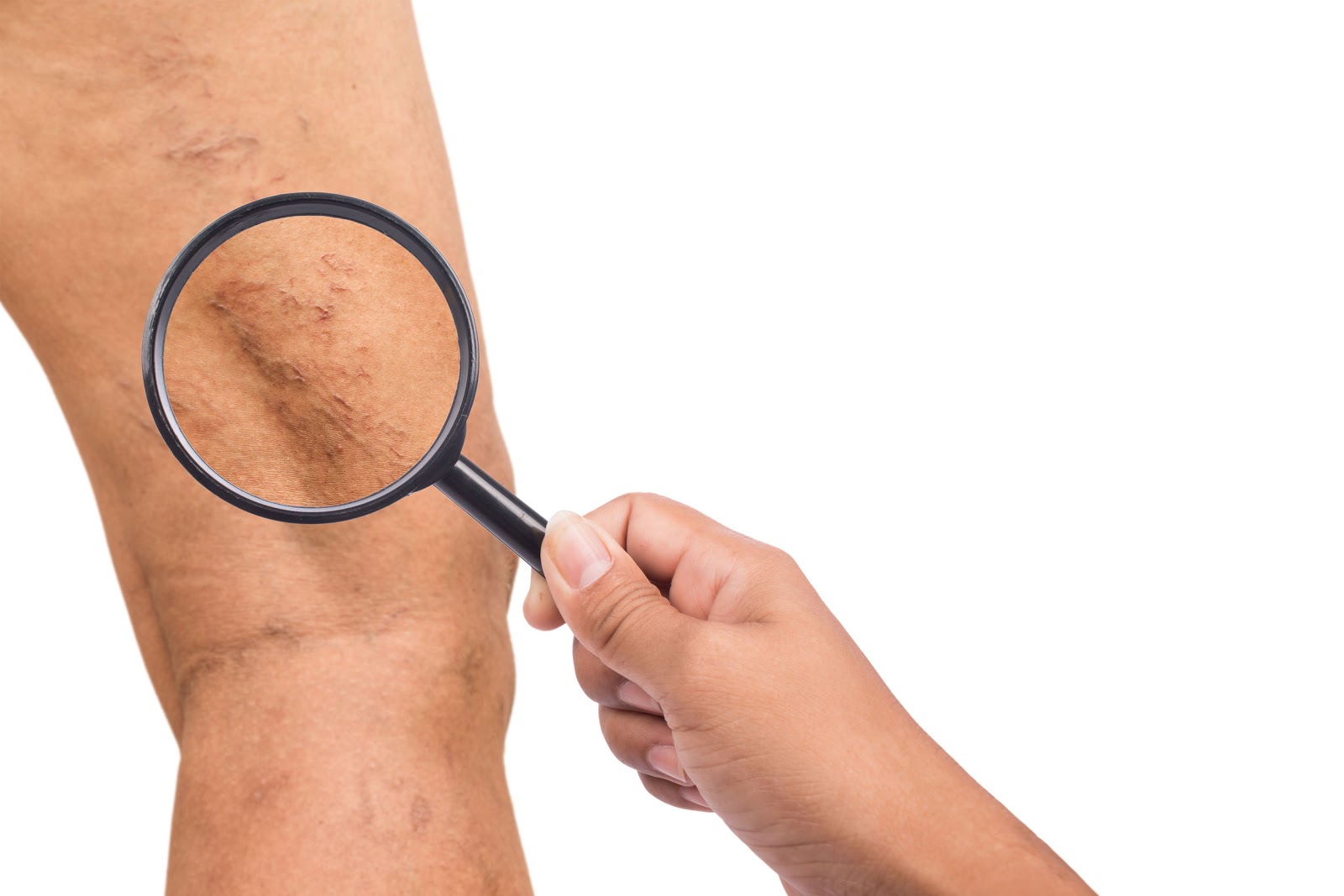Varicose vein disease and other forms of venous insufficiency are prevalent in many countries around the world. For instance, in the United States an estimated 30 to 40% of the population suffer from varicose veins. Approximately 41% of women will have abnormalities in their leg veins by their 50’s, and 60% of all American men and women will experience some form of vein disorder in their lifetime.
Many of those who suffer from vein disease (in other words, veins that stop functioning as they should, especially with regard to blood circulation) deal with discomfort, aching, and even pain on a daily basis. Still, they may be reluctant to seek treatment from a qualified medical professional. Perhaps they feel that a doctor would not be able to effectively help them. They may worry about the financial cost of treating the disease. In addition, they may fear that treatment options will be painful.

